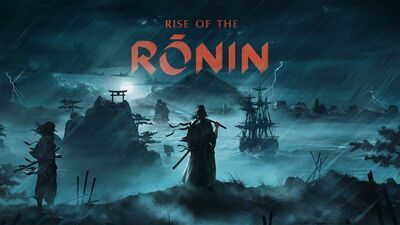From the team who made the excellent “Nioh” over at Team Ninja, “Rise of the Ronin” opens with immense promise. You start as a pair of “Blade Twins,” samurais of the Veiled Edge who are off on an assassination mission that, of course, serves as a tutorial on the gameplay, which allows for dual melee weapons like swords & spears, alongside dual ranged weapons like guns & bows. You can also switch between warriors, which adds an interesting strategical component in that one warrior may be better-suited to take down an enemy than the other.

At the end of the prologue, one of the warriors is injured, leaving you to choose which one you want to play, but the dynamic of allies will return and be a foundational part of the game. The development team of “Rise of the Ronin” built their gameplay on an ambitious concept wherein the gamer makes allies through missions and encounters that they can take on future missions, even giving them gifts to increase their loyalty and dialogue choices to improve the relationship. However, it increasingly feels like a majority of these choices are perfunctory and that the game and your connection to your allies will play out the same no matter what you do. It’s nice for a game narrative to provide authorship, but it has to feel resonant. I decided to shift up my choices to test my theory that they didn’t really matter, going from a nice samurai to cruel one, and I couldn’t really tell the difference. The game funnels you into the same story beats no matter what.
And those story beats are pretty bland, and in service of repetitive clunky combat. First, the combat system is incredibly overcrowded. Not only can you switch between the four aforementioned weapons, but you can alternate stances with your melee weapons based on the enemy. If that doesn’t sound chaotic enough, items can also be equipped and quick-used on the left side of the overcrowded HUD. It leads to a deep lack of fluidity as the combat becomes a series of clumsy choices instead of engaging encounters. The physics are also wildly inconsistent from swings that don’t seem to really be connecting with the enemy to an energy system called Ki that adds another thing to pay attention to. Gameplay that allows for this much variety and customization is good in theory, but “Rise of the Ronin” is a good example of too much of a good thing. It’s a case study in how something goes from dense to unrefined.

